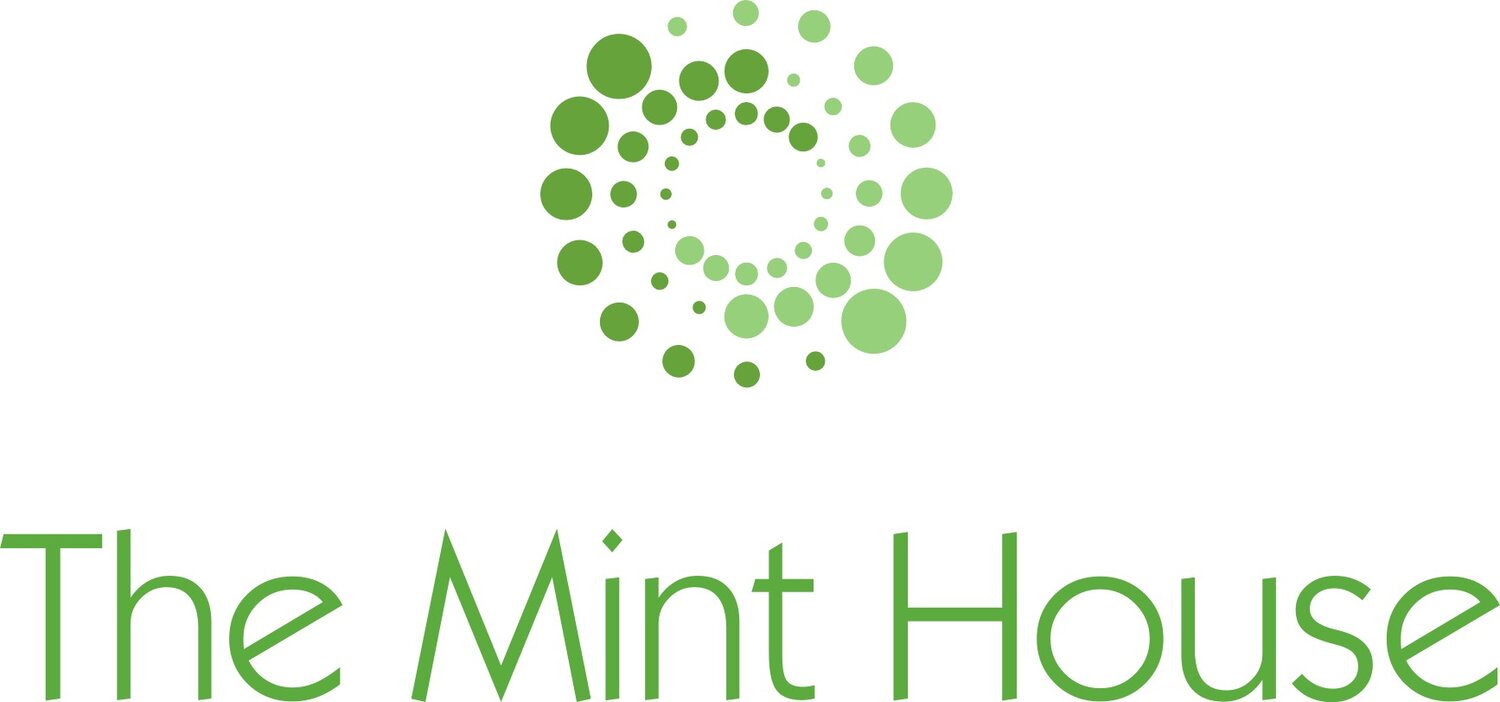by Joy Bettles
(In parts one and two of this blog series on communications challenges for RP organisations we discussed the challenges. This blog continues with some solutions.)
So, how can we communicate restorative practice effectively?
Keep it simple and relevant
Try to explain restorative practice in simple terms
Highlight its relevance to everyday life
Focus on values
Focus on the values behind restorative practice
Use data and research where these will draw in specific audiences, but don’t rely on it for a general audience
Invest in new forms of media
Invest resources into communicating restorative practice
Focus efforts on newer forms of media such as social media to draw in a wider audience. Consider social media integral to the communications strategy rather than an optional bonus.
Share stories
Share stories which encourage people to connect with the concepts on an emotional level
Where possible, use photos and video to draw in an audience and illustrate real life situations
Highlight a range of settings
Communicate the ways in which people from a variety of backgrounds can use restorative approaches in a range of settings
Share ideas of how restorative approaches can be used in everyday life such as workplaces and families.
Become welcoming to diverse groups
Put effort into making our organisations a welcoming place for under-represented groups by asking hard questions and taking practical steps to involve people who are different to us
Signal openness to diversity by using diverse stories and imagery (although take care to not portray an inaccurate image of the organisation in an effort to appear diverse)
Train and resource community workers
Train and resource people who work in the community in various roles in order to encourage restorative approaches among the people they work with (the report Building Social Support for Restorative Justice suggested “the concept of ‘multipliers’, people or groups who are open-minded and interested in the ideas of restorative justice (doctors, therapists, priests, teachers, trainers, etc.)”[i] who could promote restorative practice in their community.)
We are continuing to think about these issues and the best ways to tackle them, so please contact us if you have any thoughts to share.
References:
[i] Brunilda Pali and Christa Pelikan (2011), Building Social Support for Restorative Justice, European Forum for Restorative Justice, p.191.
